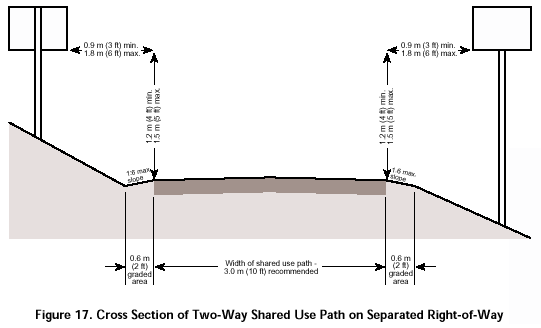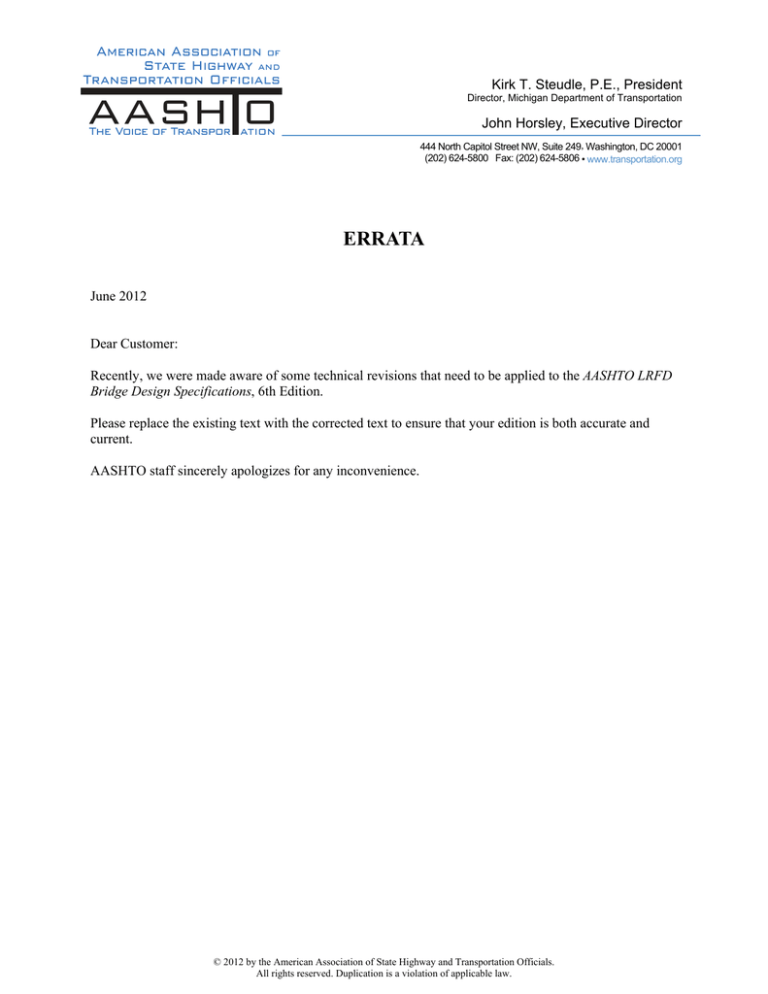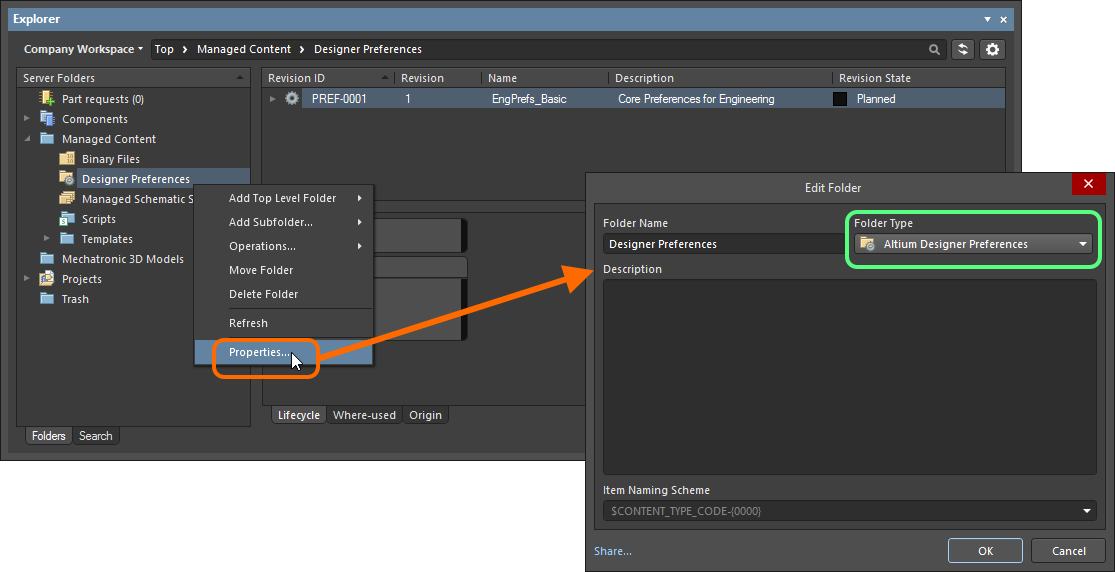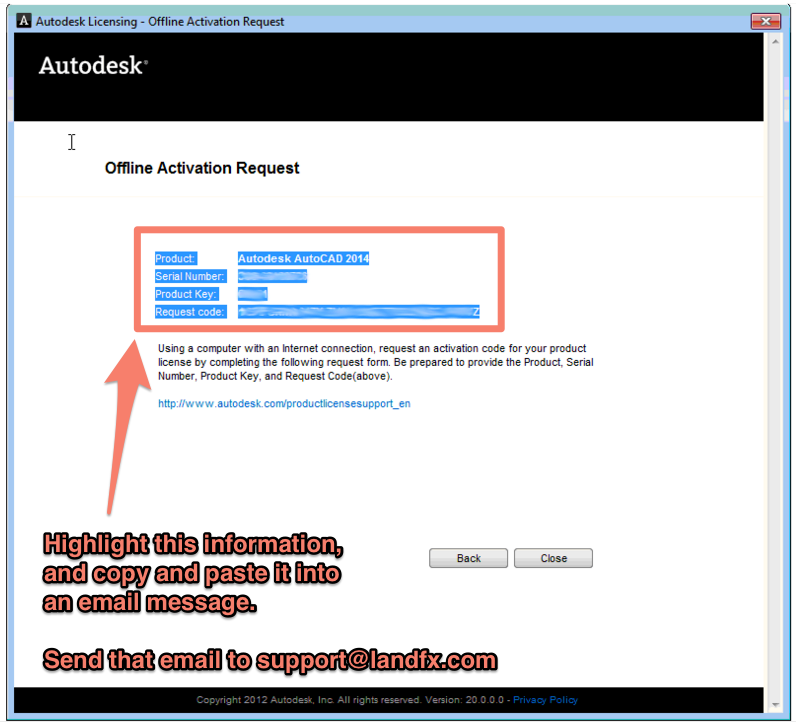Quickly estimate the cost of shared use path projects to help plan and assess the feasibility of potential paths. Off-Road Facilities Part II. aashto shared use path design.
Aashto Shared Use Path Design, Listed below are additional resources. Shared use paths are designed for both transportation and recreation purposes and are used by pedestrians bicyclists skaters equestrians and other users. Figure 3 Functional Area of an Intersection.
 Key Design Guide To Finally Include Protected Bike Lanes Streetsblog Usa From usa.streetsblog.org
Key Design Guide To Finally Include Protected Bike Lanes Streetsblog Usa From usa.streetsblog.org
Shared use path with a roadway that is located separate from a roadwayroadway intersection. The guidelines will include technical provisions for making newly constructed and altered shared use paths covered by. Efforts to require or encourage bicyclists to yield or stop at each cross-street and driveway are inappropriate and frequently ignored by bicyclists.
Efforts to require or encourage bicyclists to yield or stop at each cross-street and driveway are inappropriate and frequently ignored by bicyclists.
Under most conditions a recommended paved width for a two-directional shared use path is 30 m 10 feet. Bicycle Pedestrian Project Development Design Guidance Design guidelines bicycle accommodations types and bicycle. Shared Use Path Design 1 Revised. Provides general guidance on the design of shared use paths and greenways. Listed below are additional resources. The Manual on Uniform Traffic Control.
Another Article :

Figure 3 Functional Area of an Intersection. Design shared-use paths to maintain speeds. In the US the 1999 AASHTO Guide for the Development of Bicycle Facilities defines a shared-use path as being physically separated from motor vehicular traffic with an open space or barrier. Shared use paths are designed for both transportation and recreation purposes and are used by pedestrians bicyclists skaters equestrians and other users. Design criteria must meet AASHTO minimum standards. Shared Use Paths.

Accessible Shared Use Path Design 1. Higher speeds are discouraged in a mixed-use setting. Proposed Technical Provisions Applicable to Shared Use Paths. The 1999 AASHTO Guide for the Development of Bicycle Facilities defines a shared- use path as being physically separated from motor vehicular traffic with an open space or barrier AASHTO 1999. FHWA Designing Sidewalk and Trails for Access Part 1. Aashto Lrfd Bridge Design Specifications 6th Edition.

It is important for signs that only apply to the path to not be interpreted as a guidance for roadway travel lanes. Cost Estimating Tool - Guidance Document. AASHTO Guide for the Development of Bicycle Facilities 2012 Chapter 5. Less Than 5 is Desirable B. Design the path entry locations so that it does not look like a vehicle access and make. Lrfd Bridge Design Aashto Lrfd Bridge Design Specifications Loading And General Information Pdf Free Download.

During the planning or design of every shared-use path someone eventually asks How wide should this pathway be. Between 8 and 9 for 300 Feet Max. Shared use paths are bidirectional facilities and signs should be posted for path users traveling in both directions. The fourth edition 2012 of the AASHTO Guide for the Development of Bicycle Facilities or AASHTO Bike Guide. Shared-use paths differ from exclusive bikeways in that shared-use paths are designed to include pedestrians even if the primary anticipated users are cyclists. Lrfd Bridge Design Aashto Lrfd Bridge Design Specifications Loading And General Information Pdf Free Download.

Between 8 and 9 for 300 Feet Max. AASHTO Guide for the Development of Bicycle Facilities 2012 Chapter 5. During the planning or design of every shared-use path someone eventually asks How wide should this pathway be. Under most conditions a recommended paved width for a two-directional shared use path is 30 m 10 feet. The designer should refer to AASHTOs 2004 Guide for the Planning Design and Operation of Pedestrian Facilities and 1999 Guide for the Development of Bicycle Facilities for more detailed design guidance for these facilities. Pdf A Historical Perspective On The Aashto Guide For The Development Of Bicycle Facilities And The Impact Of The Vehicular Cycling Movement.

Shared Use Path Design 1 Revised. Cost Estimating Tool - Guidance Document. Off-Road Facilities Part II. Bicycle Pedestrian Project Development Design Guidance Design guidelines bicycle accommodations types and bicycle. Shared-use paths differ from exclusive bikeways in that shared-use paths are designed to include pedestrians even if the primary anticipated users are cyclists. Psc Design Aashto Lrfd Tyu07 Tutorial.

Listed below are additional resources. The design speed for a shared-use path is based on bicycle use and is dependent on the terrain and the expected conditions of use. 521 Width and Clearance. A Policy on Geometric Design of Highways and Streets commonly referred to as the AASHTO Green Book as our minimum design standards. A shared-use path typically has a surface that is asphalt concrete or firmly packed crushed aggregate. Key Design Guide To Finally Include Protected Bike Lanes Streetsblog Usa.

The AASHTO Guide for the Development of Bicycle Facilities should be consulted for information on shared-use path design requirements. Shared use paths are designed for both transportation and recreation purposes and are used by pedestrians bicyclists skaters equestrians and other users. Between 8 and 9 for 300 Feet Max. Highway improvement plans are based on establishedAASHTO geometric design standards for various elements of the roadway under. Approach may be used to prevent unauthorized motor vehicle entry to shared use paths. 40047683 Aashto Geometric Design For Highway And Streets 2001.

Overview of the 2012 AASHTO Guide ÂRevised Guidance on Design Speed ÂNo single design speed for paths ÂRevised Guidance on Horizontal Alignment ÂFormula is now based on lean angle rather than super elevation ÂNew Guidance on Speed Control on Paths ÂIntroduces geometric design and other ideas to reduce speed CHAPTER 5 DESIGN OF SHARED USE PATHS. Design the shared-use path to encourage bicyclists to operate at speeds compatible with other users. Highway improvement plans are based on establishedAASHTO geometric design standards for various elements of the roadway under. AASHTO Guide for the Development of Bicycle Facilities 1999 provides general guidance regarding path width. 4 AASHTO A Policy on the Geometric Design of Streets and Highways AASHTO Washington DC 2005. Design Policies For Sight Distance At Stop Controlled Intersections Based On Gap Acceptance Sciencedirect.
The AASHTO Guide for the Development of Bicycle Facilities should be consulted for information on shared-use path design requirements. Shared use path with a roadway that is located separate from a roadwayroadway intersection. Less Than 5 is Desirable B. Off-Road Facilities Part II. Highway improvement plans are based on establishedAASHTO geometric design standards for various elements of the roadway under. References And Bibliography Design Guide For Low Speed Multimodal Roadways The National Academies Press.

Quickly estimate the cost of shared use path projects to help plan and assess the feasibility of potential paths. DESIGN GUIDELINES SHARED USE PATH GRADING Cross Slope 2 Shoulder Cross Slope 4 Profile Grade A. Off-Road Facilities Part II. FHWA Designing Sidewalk and Trails for Access Part 1. The paved width and the operating width required for a shared use path are primary design considerations. Field Versus Aashto Design Moment Dfs Download Table.

Listed below are additional resources. Higher speeds are discouraged in a mixed-use setting. Bicycle Pedestrian Project Development Design Guidance Design guidelines bicycle accommodations types and bicycle. 521 Width and Clearance. Accessible Shared Use Path Design 1. Flowchart The Aashto Recommended Procedure For Local Calibration Of Download Scientific Diagram.

AASHTO Guide for the Development of Bicycle Facilities 2012 Chapter 5. Less Than 5 is Desirable B. Higher speeds are discouraged in a mixed-use setting. 4 AASHTO A Policy on the Geometric Design of Streets and Highways AASHTO Washington DC 2005. Review of Existing Guidance and Practices. Illustration Aashto Type Ii Cross Section And Strand Pattern The Download Scientific Diagram.

11122020 SUDAS 2021 Edition A. The 1999 AASHTO Guide for the Development of Bicycle Facilities defines a shared- use path as being physically separated from motor vehicular traffic with an open space or barrier AASHTO 1999. 11122020 SUDAS 2021 Edition A. Prepared by the aashto task force on geometric design 444 north capitolstreetnw washingtondc20001 202 624-5800 tel 202 624-5806 fax. Between 7 and 8 for 400 Feet Max. Bridge Design Live Load Requirements Specified In The Korean Bridge Download Scientific Diagram.

Quickly estimate the cost of shared use path projects to help plan and assess the feasibility of potential paths. Highway improvement plans are based on establishedAASHTO geometric design standards for various elements of the roadway under. Figure 17 depicts a shared use path on a separated right of way. Accessible Shared Use Path Design 1. The design speed for a shared-use path is based on bicycle use and is dependent on the terrain and the expected conditions of use. Aashto Recommendations For Clear Distance 9 Download Scientific Diagram.










